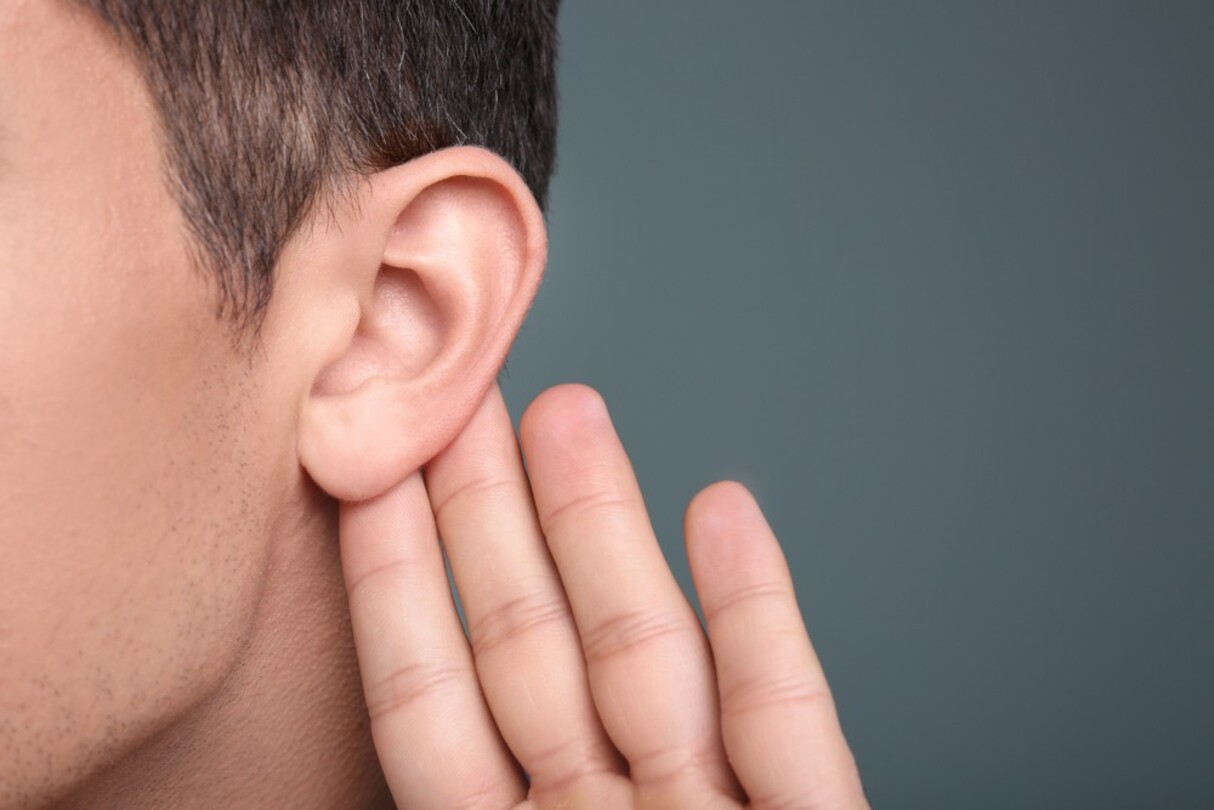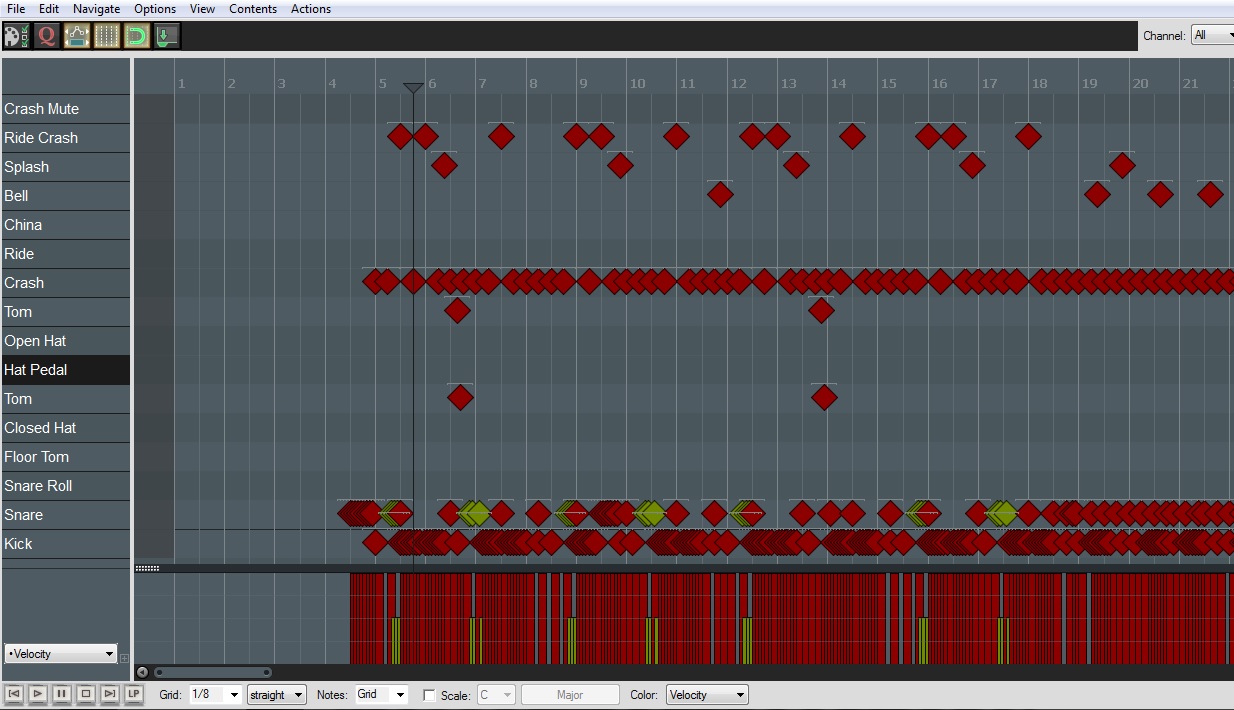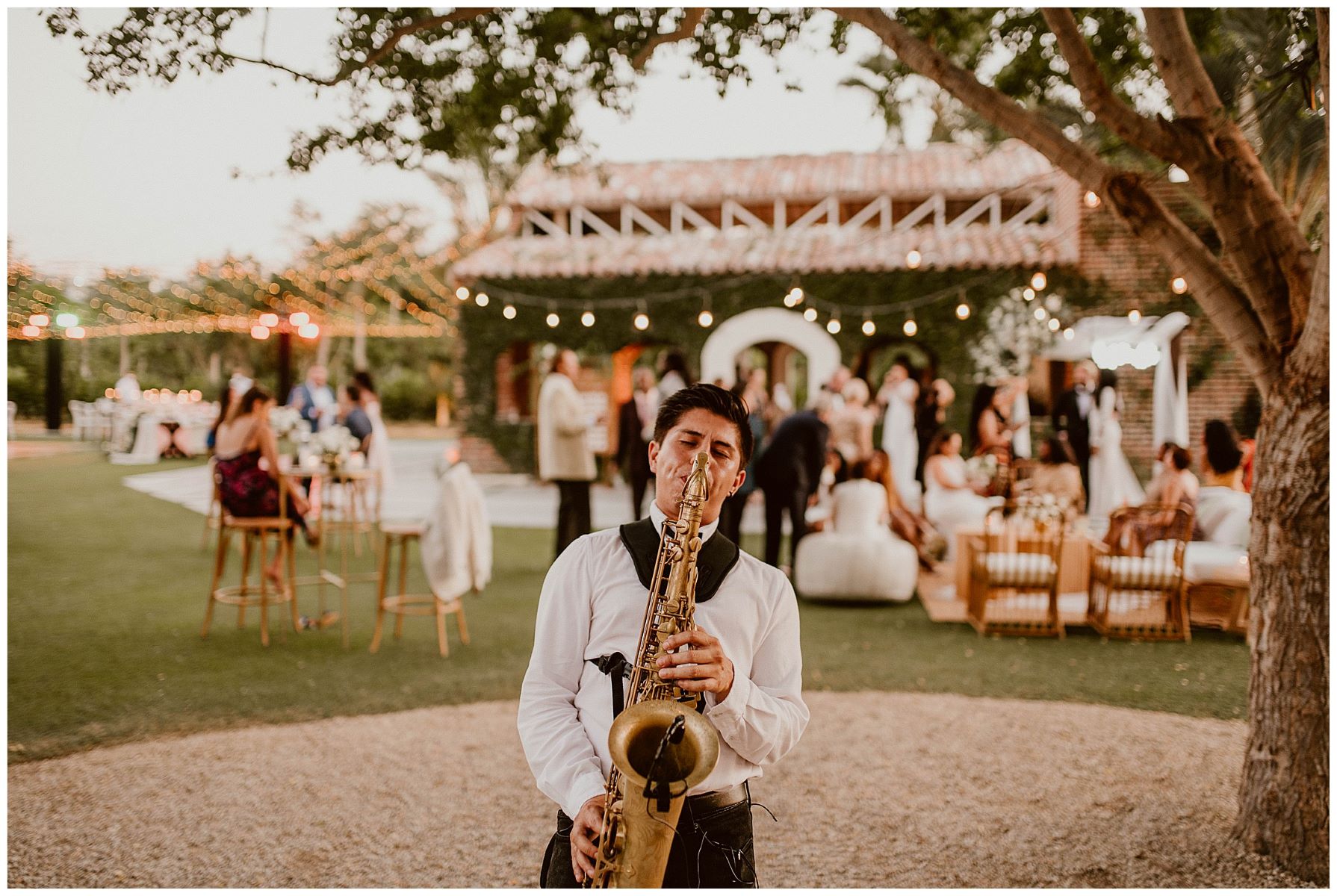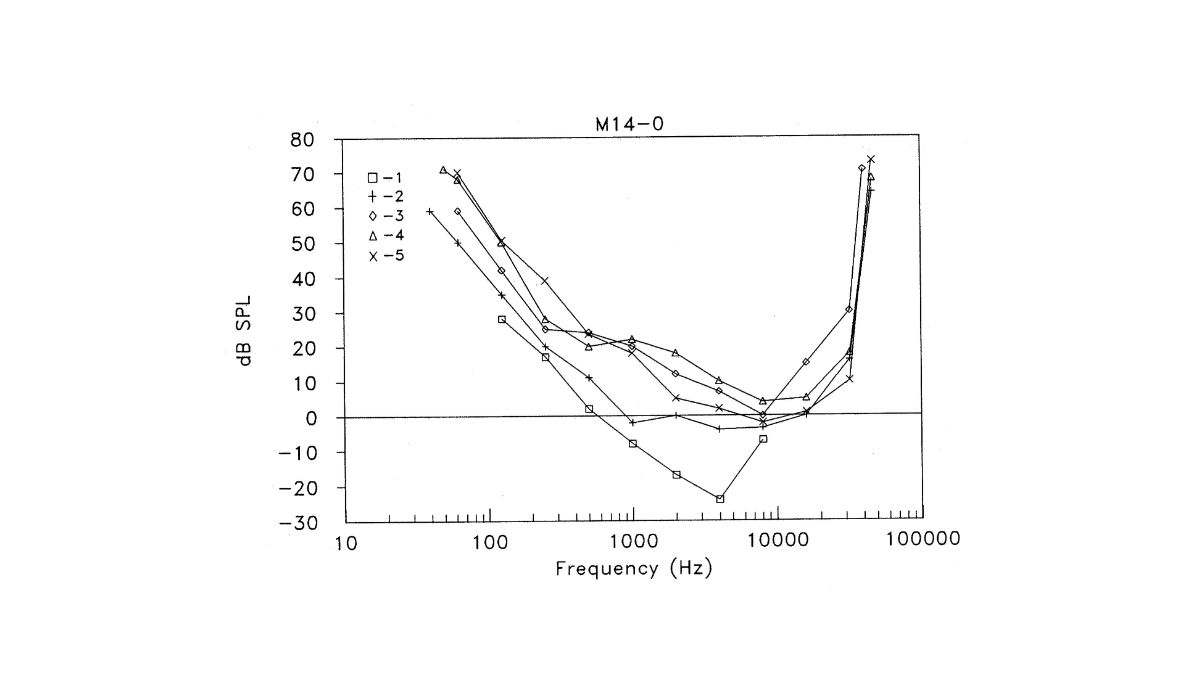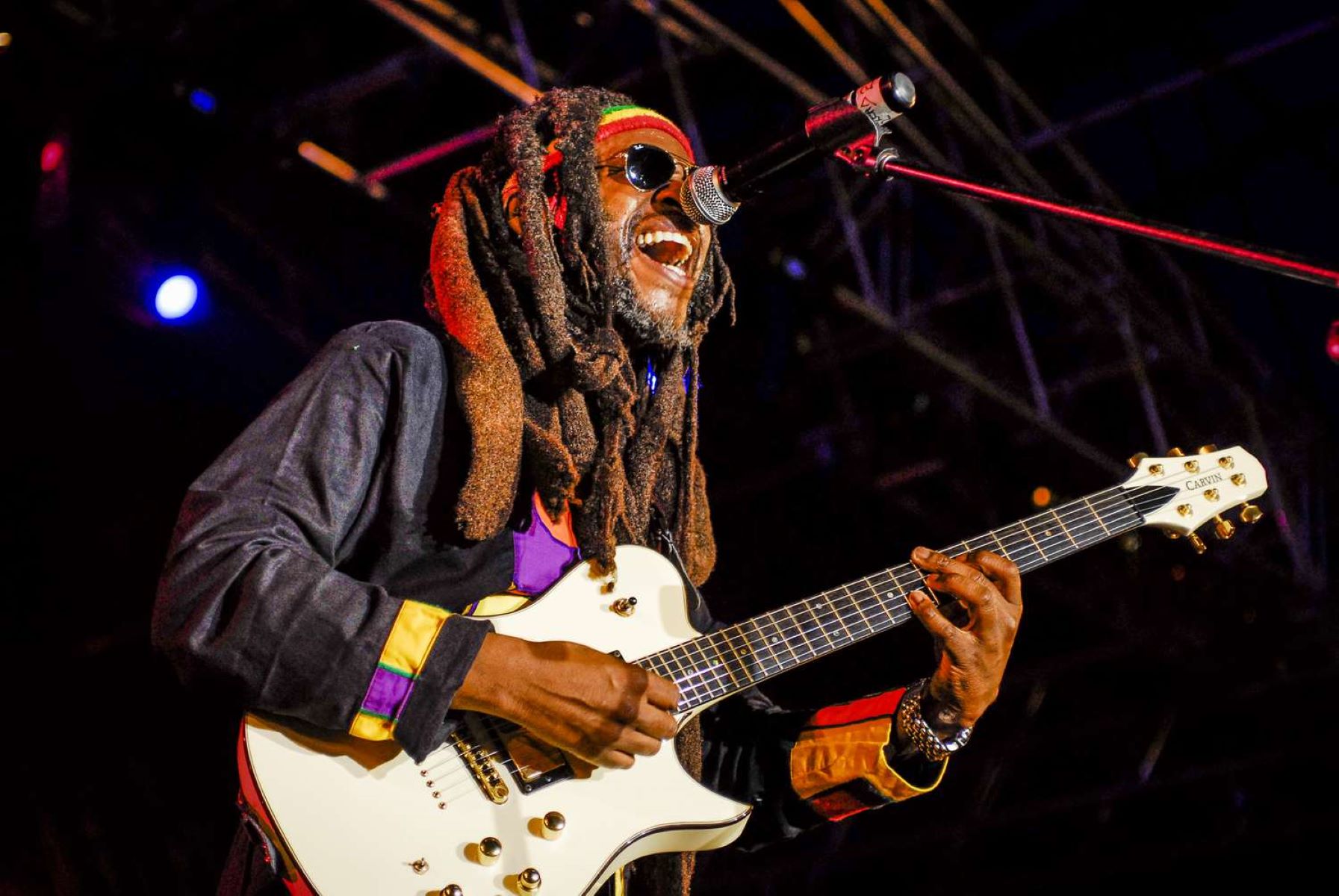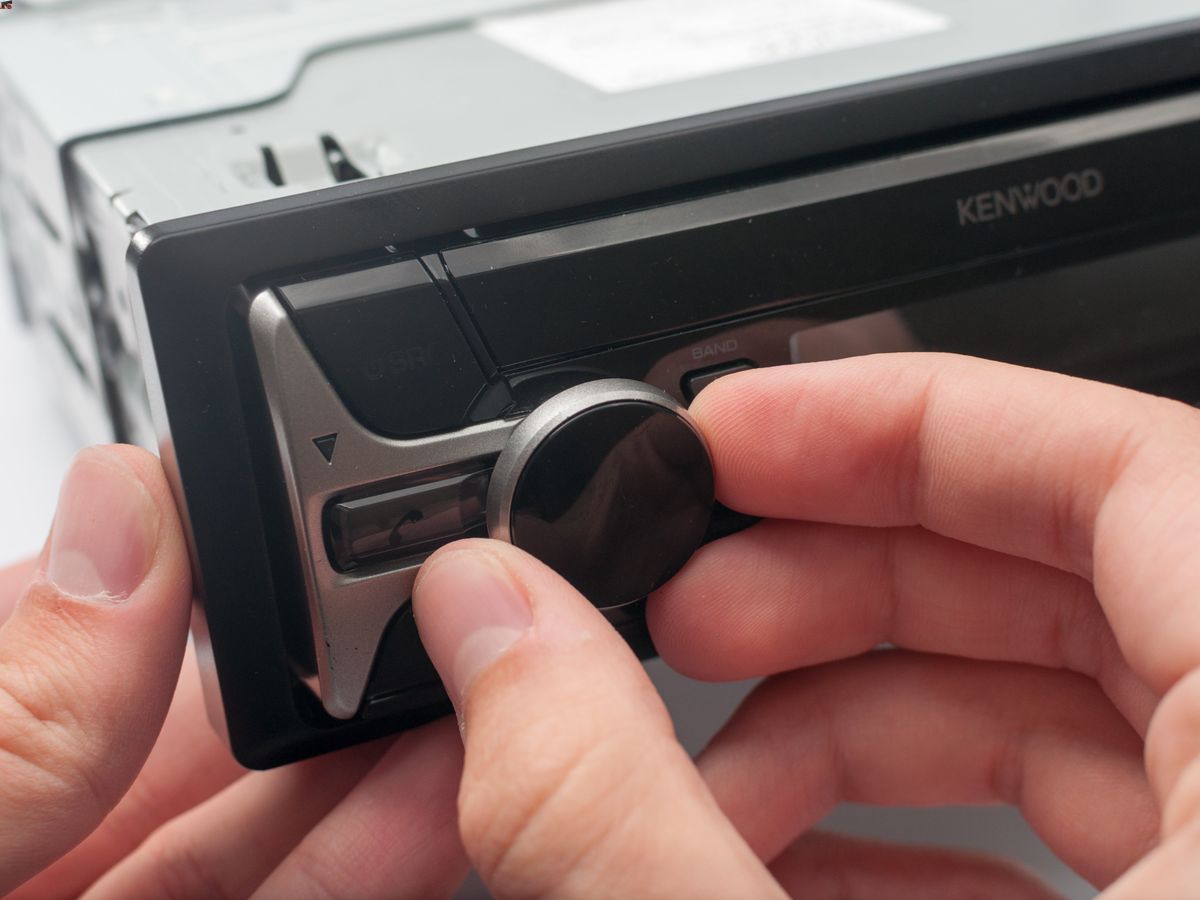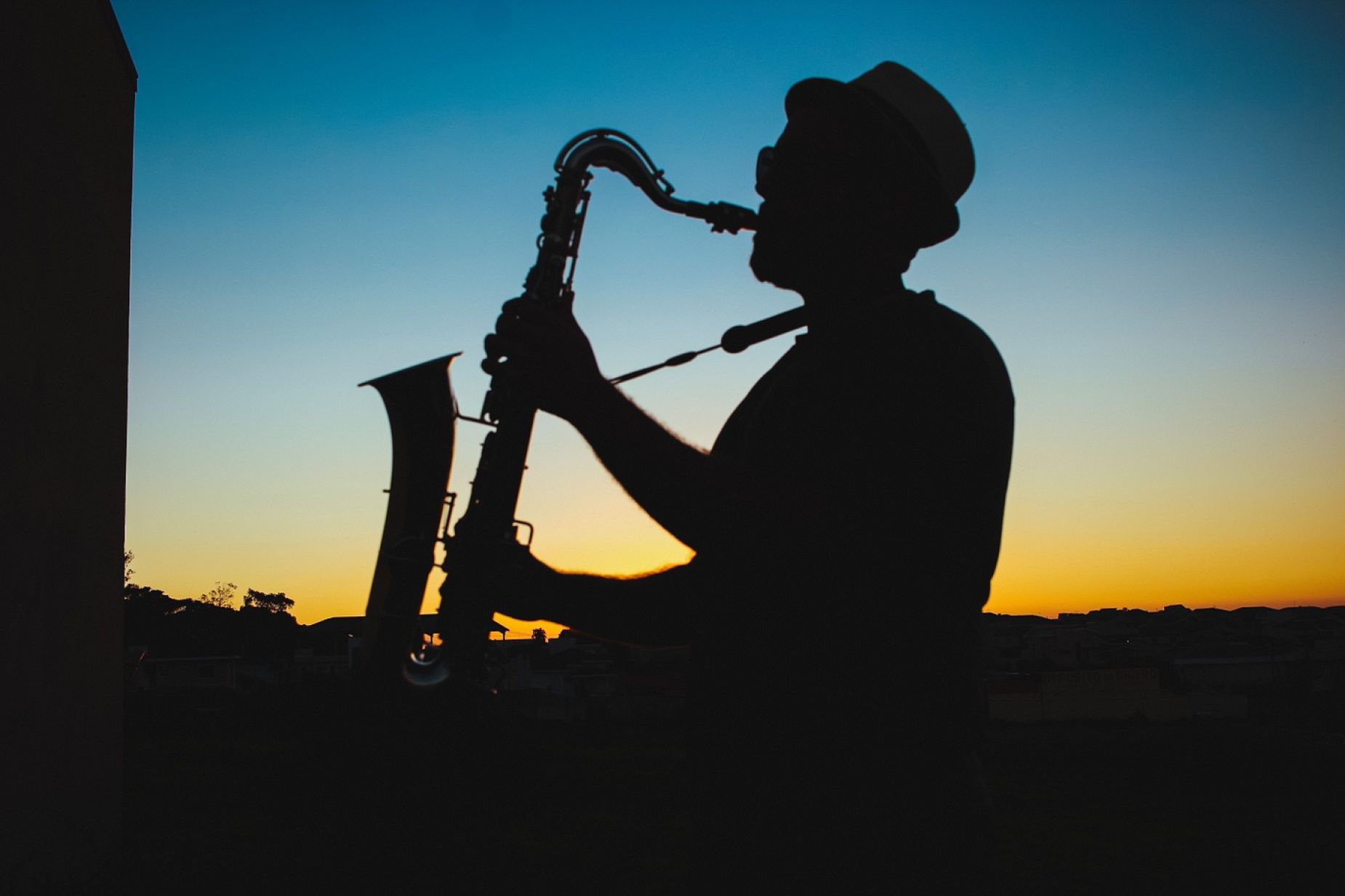Home>Production & Technology>Musician>How To Protect Your Hearing As A Musician


Musician
How To Protect Your Hearing As A Musician
Published: January 27, 2024
Learn effective strategies to protect your hearing as a musician. Discover essential tips and techniques to safeguard your ears while pursuing your passion.
(Many of the links in this article redirect to a specific reviewed product. Your purchase of these products through affiliate links helps to generate commission for AudioLover.com, at no extra cost. Learn more)
Table of Contents
Introduction
Welcome to the world of music! As a musician, you have embarked on a thrilling journey that allows you to express yourself, connect with others, and create beautiful melodies. However, amidst the excitement, it’s crucial to prioritize the health of your most valuable instrument – your ears.
Hearing loss is a common concern among musicians, and it’s not limited to rockstars or those who perform in front of roaring crowds. Whether you’re a classical pianist or a street performer, exposure to high sound levels can have long-term consequences on your hearing health.
This article aims to provide you with valuable insights into the risks musicians face, the importance of hearing protection, the types of hearing protection available, and tips on maintaining healthy hearing habits. By implementing these practices, you can continue to pursue your passion for music while safeguarding your auditory well-being.
So, let’s dive in and explore how you can preserve your hearing as a musician!
Understanding the Risks
As a musician, it’s essential to be aware of the potential risks to your hearing. While music is a beautiful art form, it can also generate high sound levels that can damage your auditory system over time.
One of the primary risks musicians face is prolonged exposure to loud sounds. Whether you’re performing on stage, practicing with a band, or attending live concerts, being exposed to excessive noise levels for extended periods can lead to permanent hearing damage.
Additionally, certain instruments and music genres can produce amplified sounds that pose a higher risk. Drummers, for example, are exposed to intense sound levels due to the nature of their instrument, while electronic dance music (EDM) DJs and rock guitarists often use powerful amplifiers that can potentially damage hearing.
Besides the immediate impact of loud sound, musicians are also susceptible to a condition called tinnitus. Tinnitus is characterized by the perception of ringing, buzzing, or humming sounds in the ears. It can be caused by exposure to loud noise and can have a significant impact on a musician’s ability to perform and enjoy music.
Furthermore, musicians who use in-ear monitors or headphones for extended periods can experience a phenomenon known as occlusion effect. This occurs when the ear canal is partially or fully blocked, resulting in a distorted perception of sound. It can affect the way musicians hear their own performance or music, leading to potential inaccuracies in their playing or singing.
Understanding these risks and their potential impact on your hearing is the first step towards taking proactive measures to protect your auditory health. By recognizing the dangers, you can make informed choices about hearing protection and adopt healthy habits to preserve your hearing for years to come.
Importance of Hearing Protection
Protecting your hearing as a musician is not just a matter of preserving your ability to appreciate music; it’s also about safeguarding your overall quality of life. Here are some key reasons why hearing protection is of utmost importance:
1. Prevention of Hearing Loss: Exposure to loud music can lead to permanent hearing loss. By using hearing protection, you can reduce the intensity of the sound reaching your ears, minimizing the risk of damaging your auditory system.
2. Preservation of Sound Quality: Hearing protection devices, such as high-fidelity earplugs, are designed to attenuate sound evenly across different frequencies. This means that you can still hear and appreciate the nuances of music while protecting your ears from excessive volume levels.
3. Longevity in Music Career: Hearing loss can have a significant impact on a musician’s ability to perform and enjoy music. By wearing hearing protection, you can extend your career lifespan by avoiding the potential setbacks posed by hearing damage.
4. Prevention of Tinnitus: Tinnitus, characterized by persistent ringing or buzzing in the ears, is a common condition that many musicians experience due to exposure to loud music. Wearing hearing protection can minimize the risk of developing tinnitus and alleviate symptoms for those who already have it.
5. Role Model for Others: By prioritizing your hearing health and using hearing protection, you set a positive example for fellow musicians and aspiring artists. Encouraging others to protect their hearing can help create a culture of awareness and prevention within the music community.
In a world where music is often associated with loudness, it’s important to recognize that volume does not equal quality. By using appropriate hearing protection, you can enjoy music safely and continue to engage in your passion without compromising your auditory well-being.
Types of Hearing Protection
There are several types of hearing protection available for musicians, each offering different levels of attenuation and suitability for various settings. Here are some commonly used options:
1. Earplugs: Earplugs are one of the most popular and accessible forms of hearing protection. They come in various designs, including foam, silicone, and custom-molded plugs. Foam earplugs are disposable and provide a good balance between affordability and effectiveness. Silicone earplugs are reusable and more comfortable for prolonged use. Custom-molded earplugs are custom-fitted to your ears, providing the highest level of comfort and sound quality.
2. High-Fidelity Earplugs: High-fidelity earplugs, also known as musician’s earplugs, are specially designed to reduce the sound level while preserving the clarity of music. They attenuate the volume across different frequencies, ensuring that you can still hear and enjoy music without sacrificing its quality. These earplugs are particularly useful for musicians who need accurate sound reproduction during performances.
3. Noise-Canceling Headphones: Noise-canceling headphones use active technology to reduce external noise by generating an anti-noise signal. While primarily designed for canceling out background noise in everyday environments, they can also be useful for musicians during practice sessions. They can effectively reduce ambient noise, allowing musicians to hear their own instrument or vocals clearly without turning up the volume too high.
4. In-Ear Monitors (IEMs): In-ear monitors are custom-molded earpieces that fit snugly in the ear canal and provide clear sound reproduction. They are commonly used by musicians during live performances to monitor their own instrument or vocals. In addition to allowing better control over the mix, they also provide a physical barrier between the musician’s ears and the surrounding loudspeakers, reducing the risk of overexposure to high sound levels.
It’s important to choose the right type of hearing protection based on your specific needs and preferences. Experimenting with different options and consulting with audiologists or hearing specialists can help you find the most suitable protection for your musical endeavors.
Choosing the Right Earplugs
When it comes to selecting earplugs for musicians, there are a few essential factors to consider. Here are some tips to help you choose the right earplugs:
1. Level of Attenuation: Different earplugs offer varying levels of sound reduction. Consider the settings in which you will be performing or practicing and choose earplugs with appropriate attenuation. For concert settings, earplugs with higher attenuation may be necessary, while lower levels of attenuation might be suitable for quieter practice sessions.
2. Frequency Response: Look for earplugs that provide a balanced frequency response. This ensures that the sounds you hear are not muffled or distorted, allowing you to accurately perceive the music. High-fidelity earplugs are designed with this feature, making them a popular choice among musicians.
3. Comfort and Fit: Comfort is crucial when it comes to wearing earplugs for extended periods. Look for earplugs made from soft and hypoallergenic materials that fit securely in your ears without causing discomfort or pain. Custom-molded earplugs offer the best fit as they are designed specifically for your ears.
4. Durability and Maintenance: Consider the durability and ease of maintenance of the earplugs. Disposable foam earplugs are affordable but need to be replaced frequently. Reusable silicone earplugs are more durable and require regular cleaning. Custom-molded earplugs typically last longer and come with a carrying case for proper storage.
5. Suitability for Music Type: Certain earplugs are designed to cater to specific music genres. For example, musicians performing in orchestras may require earplugs that offer good sound isolation while maintaining the clarity of acoustic instruments. Drummers and bassists might need earplugs with enhanced bass response to preserve the low-end frequencies.
Investing in high-quality earplugs that meet your specific requirements is essential for maintaining your hearing health while enjoying music. It’s worth consulting with audiologists or experienced musicians to get recommendations and guidance on finding the right earplugs that suit your needs.
Proper Usage of Earplugs
Simply having earplugs is not enough; it’s crucial to know how to properly use them to ensure maximum effectiveness. Here are some guidelines for the proper usage of earplugs:
1. Insertion Technique: Follow the manufacturer’s instructions on how to insert the earplugs properly. For foam earplugs, roll them between your fingers to compress them, then insert them gently into the ear canal. Allow them to expand and create a snug fit. Custom-molded earplugs and silicone earplugs should be carefully placed in the ear canal, ensuring a comfortable and secure fit.
2. Clean Hands and Ears: Before inserting earplugs, make sure your hands are clean to avoid introducing dirt or bacteria into your ears. Additionally, ensure that your ear canals are clean and free from excessive wax buildup. If necessary, consult with a healthcare professional to clean your ears safely.
3. Proper Seal: It’s important to achieve a proper seal with the earplugs to effectively reduce noise. Make sure the earplugs are inserted deep enough into the ear canal without causing discomfort. A good seal will help attenuate sound evenly and prevent them from falling out or becoming loose during performance.
4. Time of Use: Wear earplugs consistently during practices, rehearsals, concerts, and any other situations where you are exposed to loud music. Prolonged exposure to high sound levels can lead to hearing damage, so it’s important to protect your ears consistently and not just in occasional instances.
5. Communicate with Bandmates: If you’re performing in a band or group, communicate with your fellow musicians and ensure that they are aware of your use of earplugs. This will help maintain balance and ensure that everyone is on the same page in terms of volume levels and overall sound quality.
6. Regular Replacement and Maintenance: If you’re using disposable foam earplugs, replace them regularly to maintain their effectiveness and hygiene. Reusable earplugs should be cleaned and stored properly according to the manufacturer’s instructions. Custom-molded earplugs typically have a longer lifespan but should still be maintained and checked periodically for signs of wear and tear.
By following these guidelines, you can ensure that you are using your earplugs correctly to protect your ears while enjoying music to its fullest.
Maintaining Healthy Hearing Habits
Alongside wearing hearing protection, adopting healthy habits can further contribute to the preservation of your hearing. Here are some essential practices to maintain healthy hearing as a musician:
1. Take Breaks: Give your ears regular breaks during rehearsals and practice sessions. Continuous exposure to loud music can increase the risk of hearing damage. Incorporate short breaks every hour to provide your ears with rest and recovery.
2. Lower Practice Volumes: Whenever possible, practice at lower volume levels. It’s not necessary to play at maximum volume during every practice session. By reducing the volume, you can still work on your technique while minimizing the potential impact on your hearing.
3. Maintain Distance from Loud Sources: When performing on stage or practicing with a band, try to maintain a safe distance from loud amplifiers, speakers, or instruments that generate high sound levels. By physically distancing yourself, you can mitigate direct exposure to excessive noise.
4. Use Sound Barriers: Use physical barriers, such as Plexiglas shields or drum shields, to create a barrier between you and loud musical instruments. These barriers can help reduce the amount of sound reaching your ears, without compromising the overall sound quality or performance.
5. Limit Personal Listening: When listening to music through headphones or personal audio devices, avoid turning the volume to excessively high levels. Follow the 60/60 rule – listen at no more than 60% of the maximum volume for no more than 60 minutes at a time.
6. Practice Soundproofing: If possible, soundproof your practice space or rehearsal room. Soundproofing materials can absorb or block sound, reducing the overall noise levels in the room and minimizing the potential for hearing damage.
7. Monitor Sound Levels: Use sound level meters or smartphone apps to monitor the decibel levels during performances or rehearsals. This can help you be aware of the sound intensity and make necessary adjustments to protect your hearing.
By incorporating these healthy hearing habits into your musical routine, you can reduce the risk of hearing damage and ensure a long and fulfilling career as a musician.
Regular Hearing Check-ups
Regular hearing check-ups are an essential aspect of maintaining your hearing health as a musician. Here’s why scheduling regular appointments with an audiologist or hearing healthcare professional is crucial:
1. Early Detection of Hearing Loss: Regular hearing check-ups allow for early detection of any changes or signs of hearing loss. By monitoring your hearing over time, you can identify potential issues before they become more severe, enabling you to take appropriate action to prevent further damage.
2. Baseline Assessment: A baseline hearing assessment provides you with valuable information about your hearing health at a specific point in time. This baseline can serve as a reference for future evaluations and help identify any deviations or changes in your hearing abilities.
3. Customized Hearing Solutions: Should you require hearing aids or other assistive listening devices, regular check-ups allow for personalized assessments and fitting of these devices. An audiologist can evaluate your specific needs and recommend the most suitable solutions to optimize your hearing experience.
4. Monitoring Progress: If you do experience hearing loss or use hearing aids, regular check-ups enable audiologists to monitor your progress and make adjustments as needed. They can fine-tune your devices, ensure their optimal performance, and address any concerns or difficulties you may encounter.
5. Education and Counseling: Hearing healthcare professionals can provide valuable education and counseling on hearing conservation strategies, proper use of hearing protection, and techniques to minimize the impact of loud music on your hearing. They can also offer guidance on communication strategies for musicians with hearing loss, allowing you to continue enjoying your musical pursuits.
6. Psychological Support: Regular visits to a hearing healthcare professional provide an opportunity to discuss any emotional or psychological challenges related to hearing loss. They can provide support, offer coping strategies, and address concerns about the impact of hearing loss on your musical career and overall well-being.
By prioritizing regular hearing check-ups, you can actively monitor and manage your hearing health, ensuring that any potential issues are addressed promptly, and appropriate measures are taken to preserve and enhance your auditory capabilities as a musician.
Conclusion
As a musician, your hearing is not just a valuable asset but an essential part of your craft. Taking proactive measures to protect your hearing is crucial to ensure a long and fulfilling career in music. By understanding the risks, recognizing the importance of hearing protection, and adopting healthy habits, you can safeguard your auditory health while enjoying the art form you love.
Choosing the right earplugs and using them properly, whether it be high-fidelity earplugs, noise-canceling headphones, or custom-molded plugs, allows you to enjoy music while reducing the risk of hearing damage. Regular hearing check-ups provide you with valuable insights into your hearing health, allowing for early detection and personalized solutions should any issues arise.
Remember, maintaining healthy hearing habits is not just about protecting your ears during performances and practices, but also about taking breaks, practicing at appropriate volumes, and using physical barriers when necessary. By incorporating these habits into your musical routine, you can preserve the integrity of your hearing and maintain a high level of performance.
As a musician, your passion and talent deserve to be nurtured and celebrated, but not at the expense of your hearing. Whether you’re a seasoned professional or just beginning your musical journey, make hearing protection and overall auditory wellness a priority. By doing so, you can continue to create, perform, and connect through music for years to come.


